Can I find a good Japanese bagel at... Rabbit Bagels
You didn't think I'd go all the way to Japan and not eat bagels, did you?
Welcome to It’s A Shanda, one Northeastern Jew’s quest to find a decent bagel in Seattle (and beyond). If you’re interested in taking this journey with me, make sure you subscribe so you never miss a review. If you want to make sure I review any specific bagels (or want to let me know why I’m wrong), you can email me at seanmatthewkeeley@gmail.com.
I didn’t intend to make my trip to Japan about bagels, but bagels had other plans.
I recently returned from two weeks in Japan, spanning Tokyo, Kyoto, the Kumano Kodo trail, and more. It was an incredible time in which I learned how far ahead they are regarding public transit and toilet technology. I ate incredibly well and discovered a long-dormant desire to eat inari and rice balls by the boatload. And I became slightly addicted to Pocari Sweat, a Japanese sports drink found in many of the vending machines that you come across on every other block wherever you are (not hyperbole).
( from was there around the same time and I agree with her list of Japanese things she wishes she could import to Seattle).
During my way-too-extensive planning of the trip, I didn’t include anything bagel-specific. While this newsletter might not make it obvious, I do have wants and dreams beyond traditionally Jewish baked goods. But then I discovered that the Japanese bagel was a whole thing and I knew I was in trouble.
Yes, Japan has its bagel scene. By 1895, Jewish settlers had built a community in Yokohama and there are records of bagel bakeries in the region. Over the years, various companies had tried to introduce them to the rest of the country, but it didn’t stick until Lyle Fox, a Chicago transplant, set up shop in Tokyo in the early 1980s. Fox Bagels soon spread across Japan thanks to a bagel that was smaller, softer, and more uniform than its traditional Western counterparts. Still, it was the Western association that helped popularize them.
“Japanese associate it with New York, and they associate New York with fashion,” Fox told the New York Times in 1986. “A lot of our customers are these young women who consider the bagel as sort of another accessory.”

It was clear even then, however, that Japanese taste preferences were…different.
“People come in and ask for lox and cream cheese on a cinnamon raisin,” Fox said. “I almost die when I hear that.”
A lot has changed in Japan between the 1980s and 2024, but the bagel has somehow persevered. A large reason for that is the way bagel shops continued to cater to the specific palate of Japanese customers. BagelK reportedly introduced nontraditional options such as green tea, chocolate, maple nut, and banana nut to the repertoire. Other popular flavors such as anko (red bean paste) and mochi became part of the Japanese bagel offering as well. And given the popularity of seafood, it’s not uncommon to see fish, shellfish, and even roe incorporated as well.
Perhaps owing to their traditional inclination to add ingredients directly to rice, sushi, and bread products, one of the staples of the Japanese bagel is that you’ll find schmears, jams, and other fillings rolled directly into the dough. Instead of slicing your bagel to spread schmear, the schmear is already inside the bagel (as are many other things).
I know what you’re thinking. “Look how they massacred my boy.” But I have to admit I was fully intrigued by the possibilities. Whether that was going to be out of genuine discovery of something exciting or rubbernecking past a car crash remained to be seen.
On Wednesday, I’ll talk a little bit more about the totality of my bagel experience in Japan. Today, however, I’d love to tell you about my experience dining at Rabbit Bagels in Kyoto, Japan.
And if you want to know how I define a good bagel, you can find that here.
WHAT I ORDERED
Everything bagel as-is (270 yen, $1.80)
Plain bagel as-is (250 yen, $1.67)
Chocolate bagel as-is (290 yen, $1.93)
THE EXPERIENCE
There are three Rabbit Bagels locations in Kyoto (including one referred to as “Green Rabbit Bagels” for reasons that escaped me). I went to what seems to be the main location at 369 Masuyacho. Like pretty much every restaurant, cafe, or bakery in Japan, the staff joyfully greeted us. The setup entailed a collection of differently flavored bagels to choose from, as well as a handful of pre-made sandwiches (“sands”) that fit with the Japanese flavor profile.
We eventually figured out that you’re supposed to grab a tray, put all of your chosen bagels on it, and then bring it over to the counter. While I briefly considered getting one of every bagel there to sample, cooler heads prevailed. I grabbed a plain and an everything, as required. However, I also recognized that it was important for me to sample something that felt specific to Japan and its style. So I grabbed a chocolate bagel just for the hell of it (My trusted producer also got a Mentai Butter bagel, which was made with mentaiko (spicy cod roe), mascarpone, and garlic, topped with strips of seaweed).
While we weren’t the only people in the store, the cashier seemed particularly delighted that a couple of Americans stopped by. After chatting about how we just had to try some Japanese bagels, she asked if we had ever been to New York City and, if so, had we tried the bagels there? It was very pure.
UPON FIRST GLANCE
If there’s anything that you notice right away with most Japanese bagels, it’s their uniformity. This is not the land of crinkles, blisters, and crevices. Setting aside the chocolate bagel, the plain and the everything had both clearly been rolled with symmetry in mind. There was also a visual quality taken into account. They’re not just throwing a bunch of toppings on these bagels haphazardly. There’s a lot of care here regarding how they look.
TOP
The top of the plain bagel veered from golden brown to light brown. I could see slight blistering but it felt very smooth to the touch. The top was soft and crinkly to the touch. The roll was slightly oblong and the hole was fairly snug.
The top of the everything bagel was a golden brown and featured a strong seed hand. The mix, which was very much crusted on there, appeared heavier on the garlic, onion, and sesame. The top was soft but crinkly from that shell of seasoning. The bagel was very uniform in terms of size and circumference while also featuring a very snug center.
BOTTOM
The bottom of the plain bagel was very firm but collapsed a little bit on touch. There was no Cornmeal Ring of Doom (CRoD) to be seen.
Conversely, the bottom of the everything bagel was soft. The way it was seasoned was also very doughnut-esque, the way you’d find sprinkles ringing the top but missing from the bottom.
INSIDE/BITE
The plain bagel offered a tough rip and soft bite, though there was no crunch or crispness. It rebounded after each bite thanks to a very fluffy interior. I noted a slight sourdough smell though the flavor itself was very muted. Overall, it ate more bready than bagel-y.
The everything bagel offered a similar bite, though it ate a little more bagel-y than the plain. Thanks to the fluffy interior, it rebounded very well after the bite. There was a good seasoning ratio at play, including salt (AS GOD INTENDED). In fact, the seasoning really elevated the bagel thanks to some extremely strong flavors.
BONUS THOUGHTS
As mentioned, I also got a chocolate bagel because I’m nothing if not a completist. It was…weirdly good? A big part of the reason why was the melted chocolate inside the bagel, which popped up every other bite and elevated things. It was like eating a desert bagel, which I don’t think I’m supposed to like but I did. Most surprising was the fact that despite the melted chocolate, the bagel itself was airy and chewed really well.
As for that Mentai Butter bagel, when I said that one of the ingredients was spicy cod roe, I didn’t mean that there was some kind of roe seasoning or flavor added. I meant it literally. It’s an experience…
FINAL THOUGHTS
Rabbit Bagels, and Japanese bagels in general, aren’t trying to replicate the traditional version that Northeasterners grew up with. They’ve stripped the tradition away to refit the bagel into their own cuisine. While I might blanch at such a thing here in the States, I found it charming there. Maybe it’s because I don’t expect them to have to meet the demands of the traditional bagel in the same way.
Invariably, they’re here for softness, integrated ingredients, and big flavors. In fact, if there’s one thing they do really well with their bagels there, it’s hit you in the face with flavor. A lot of Seattle bagel places would do well to heed that lesson. While the plain bagel was pretty pedestrian by my personal standards, I can confidently say that everything bagel was better than many I’ve had here simply because I could actually taste something vibrant.
Is It Good Enough For The Goys?
Japan seems to legitimately love their bagels. Like I said, there were plenty of other people in Rabbit Bagels when I was there. And the fact that they have multiple locations speaks to their popularity. Maybe it’s not the bagel I’d personally seek out for myself, but it’s clear that it speaks to the local palette.
Is It Good Enough For Northeastern Jews?
Like I said, this ain’t your bubbe’s bagel. If you find yourself in Japan looking to sample their local offerings, try your best to set that aside. And definitely step outside your comfort zone and try one or two of those unique flavors. You might just be surprised how you feel about it.
You can find my current bagel rankings here.
Thanks for actually reading this far. If you enjoyed my bagel review and want to read more of them, make sure you’re subscribed to It’s A Shanda. Know someone in the Greater Seattle Area (or beyond) who would appreciate way-too-detailed reviews of local bagels? Please forward the link their way.




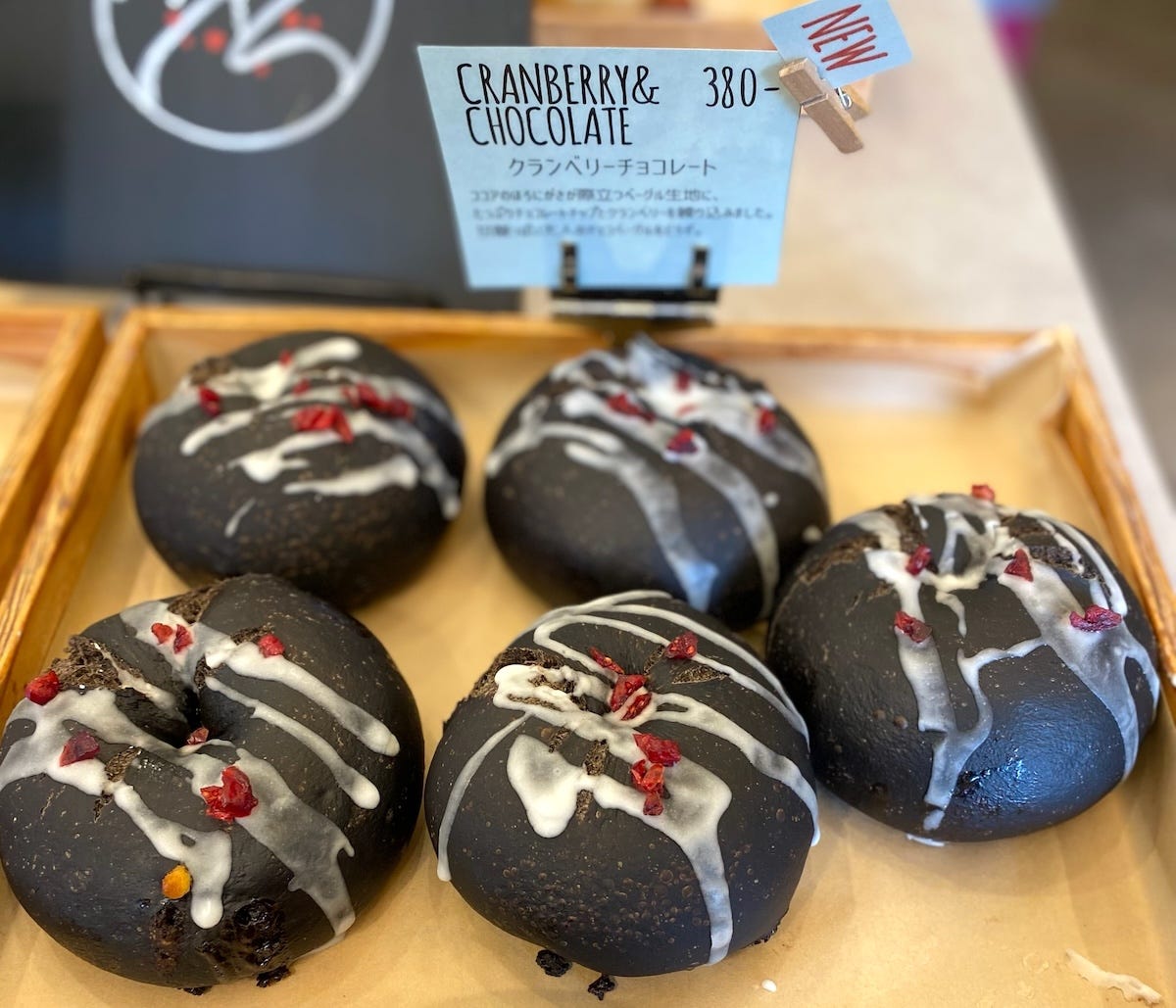

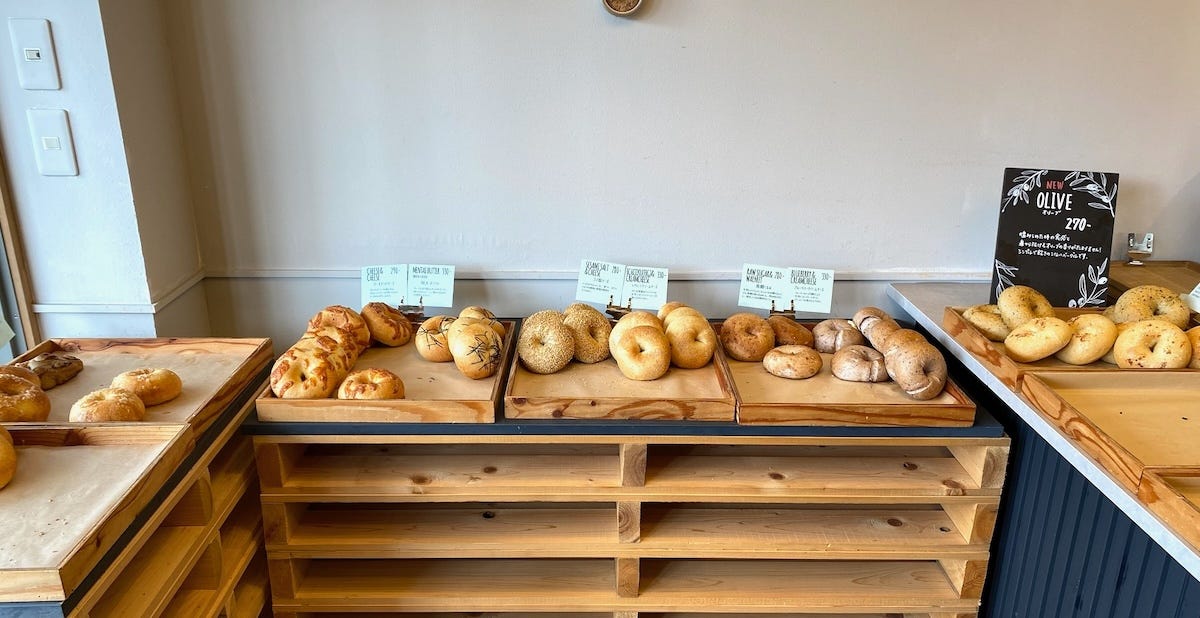
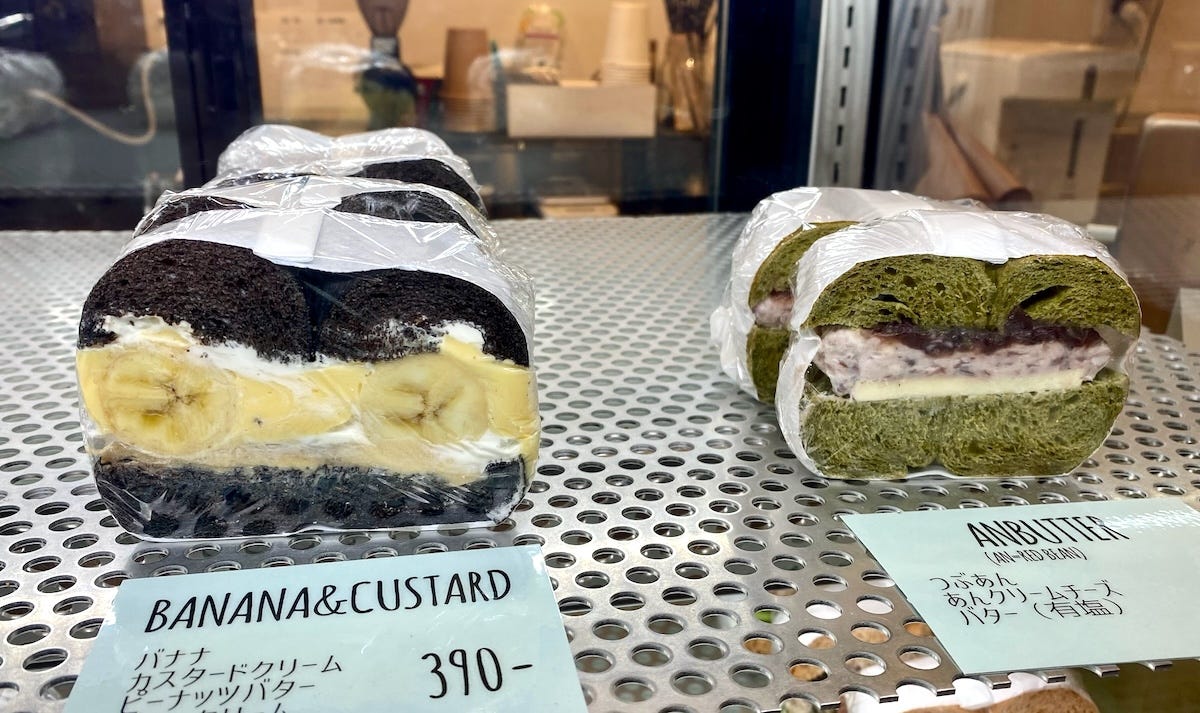


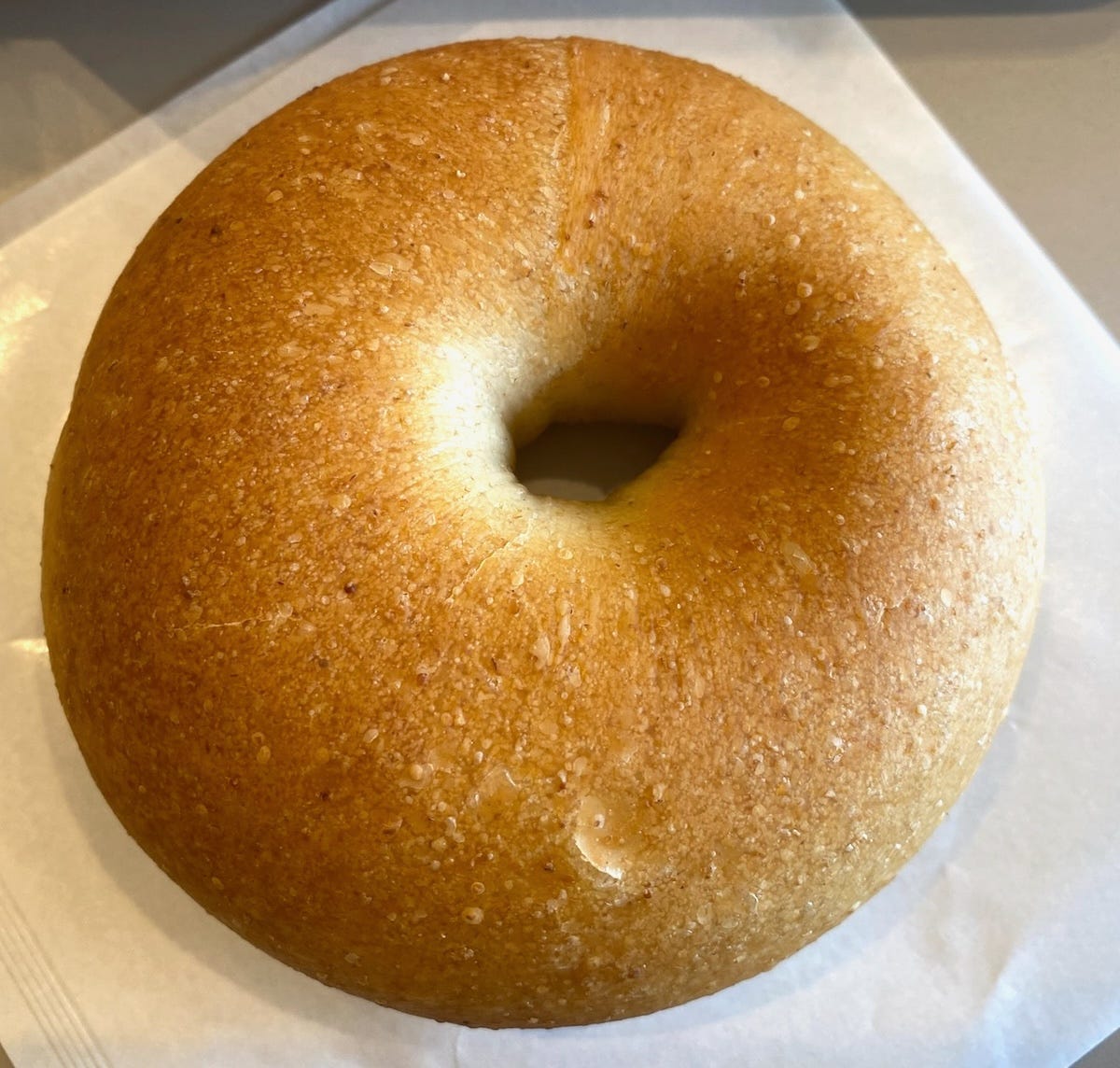

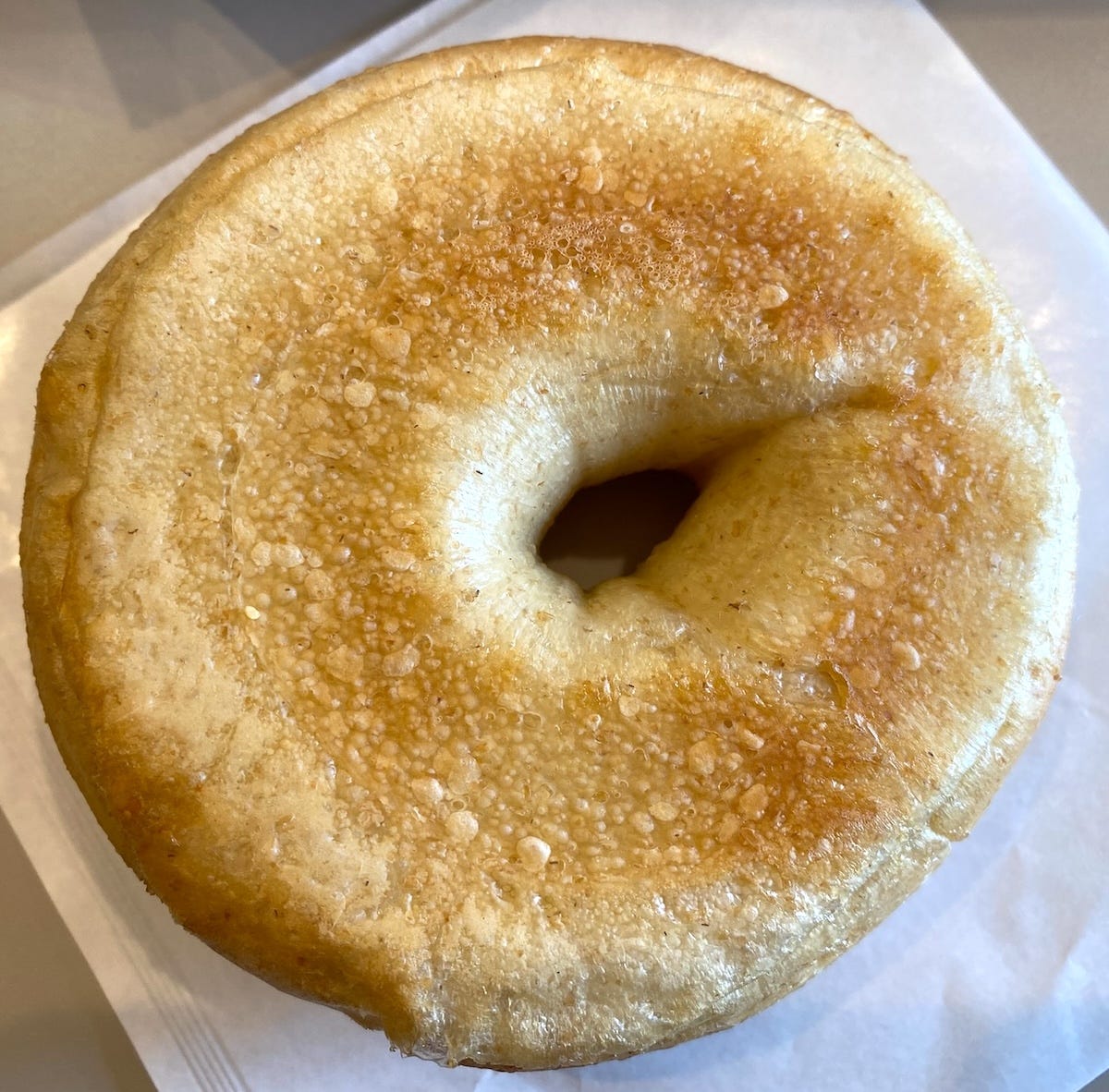

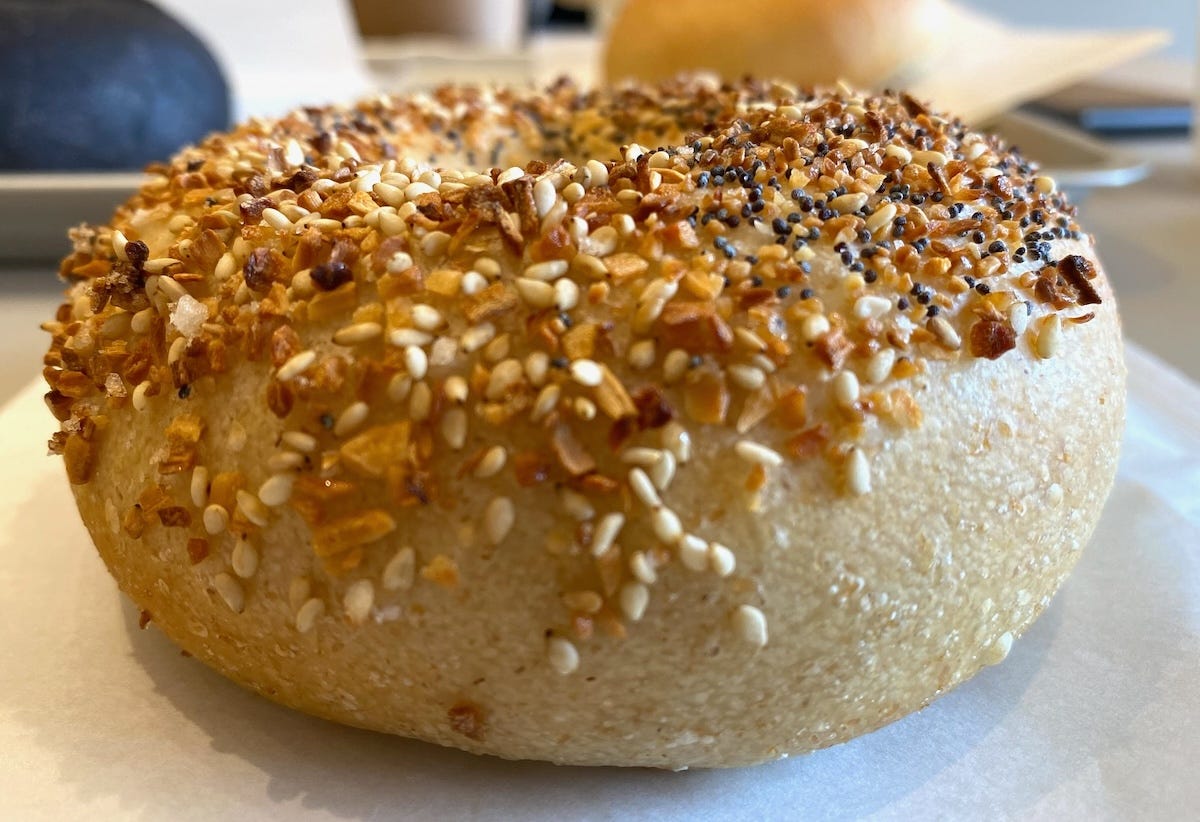
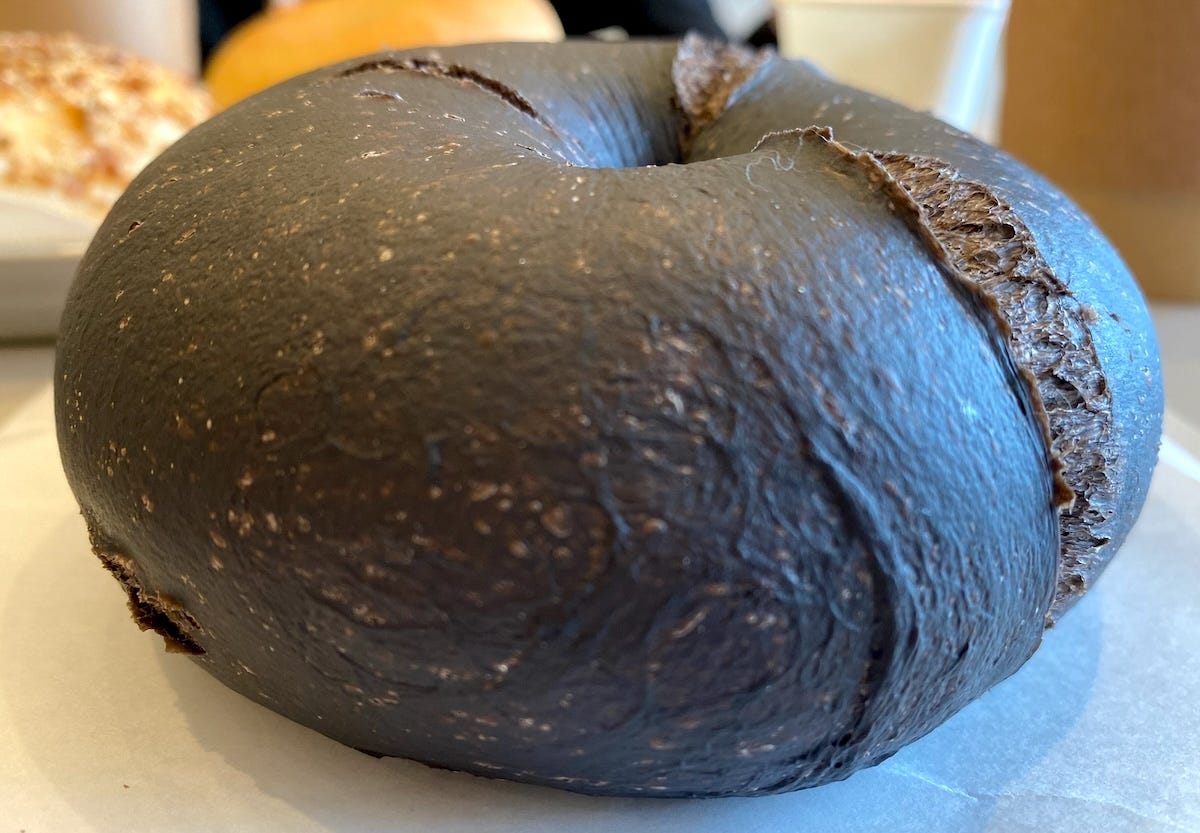
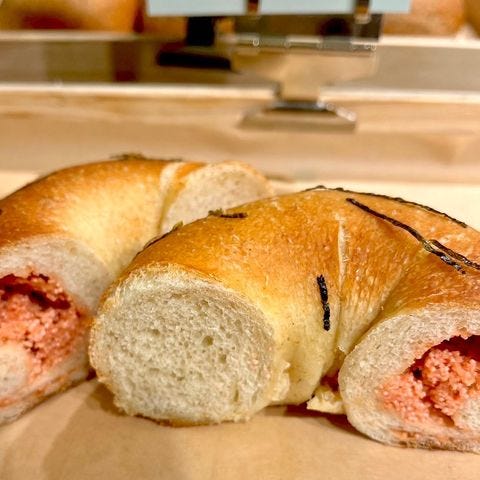
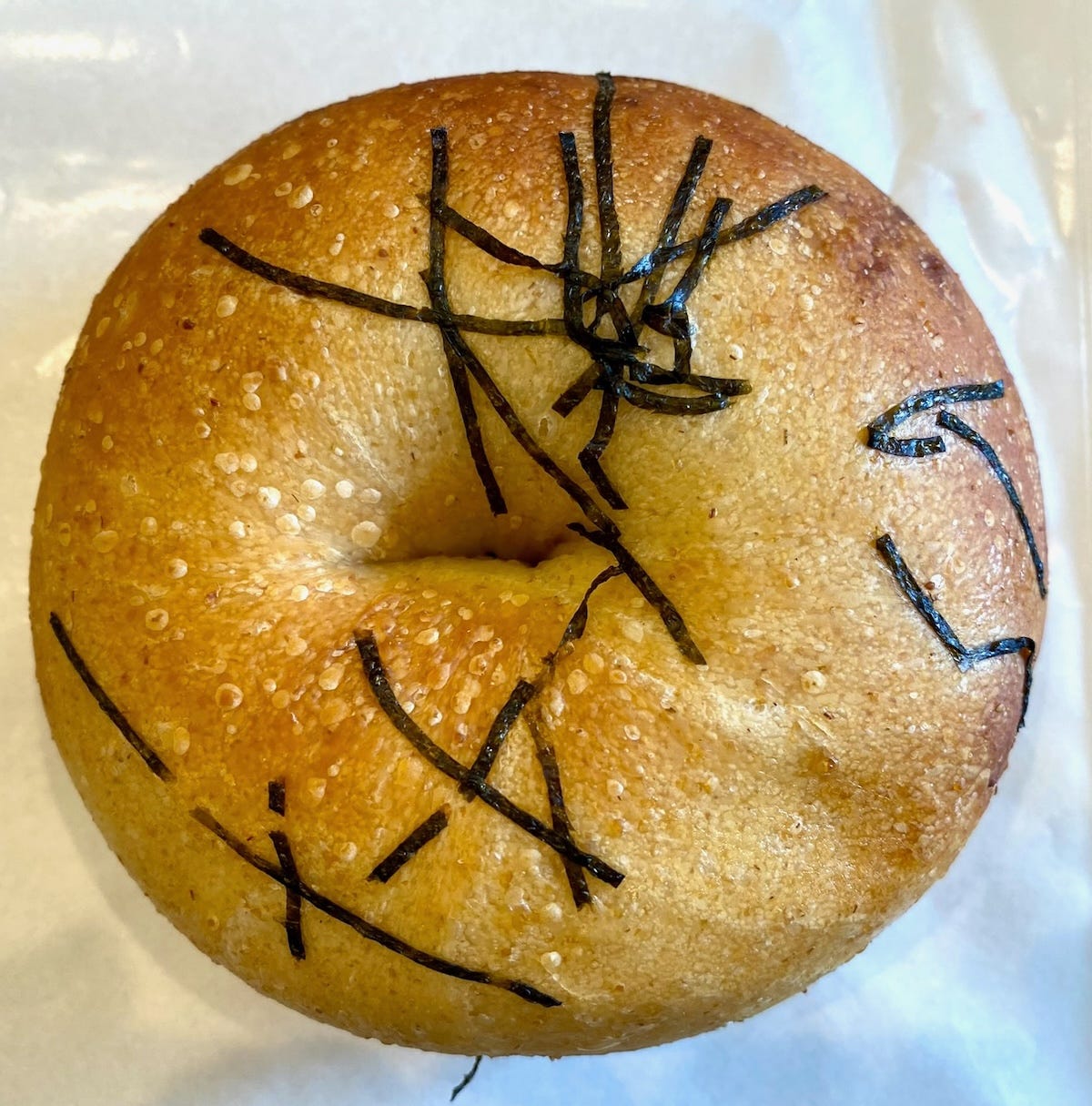
Adding rabbit bagels to the list for next time 👀 loved this write-up!
Been to Japan a couple years ago. Wish I had known about Japanese bagels. Would have been fun to experience adaptive cuisine. Thanks for the enlightenment. If there is a next-time, will definitely indulge.
Ned P.